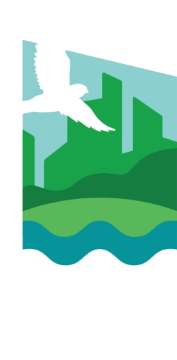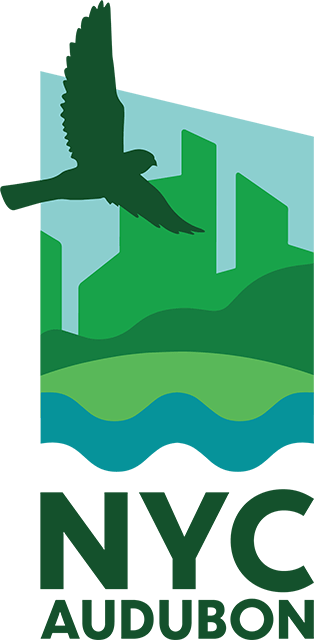Inwood Hill Park
Inwood Hill Park. Photo: Steve Guttman/CC BY-NC-ND 2.0
Birding Highlights by the Season
(no star = birding is not very productive, ✸ = somewhat productive, ✸✸ = productive, ✸✸✸ = very productive)
Spring Migration ✸✸✸
Warblers and other songbirds, American Woodcock, shorebirds
Summer ✸✸
Nesting Red-tailed Hawk, Hairy Woodpecker, Eastern Kingbird, Eastern Wood-Pewee, Red-eyed Vireo, Wood Thrush, Black-capped Chickadee, Baltimore and Orchard Orioles, Warbling Vireo; foraging waders and shorebirds, swallows
Fall Migration ✸✸✸
Raptors, shorebirds, kinglets, warblers, sparrows
Winter ✸✸
Owls, accipiters, mixed songbird feeding flocks
Year-Round Highlights
Red-tailed Hawk, gulls, woodpeckers
Get Oriented
View and download a NYC Parks map of Inwood Hill Park.
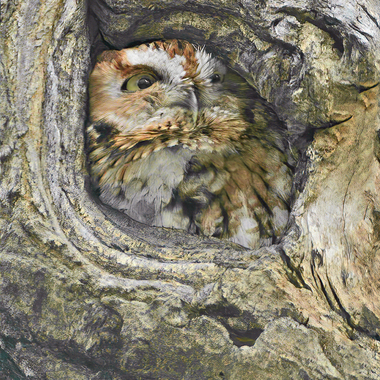
Always look carefully at tree cavities in Inwood Hill Park. Photo: David Speiser
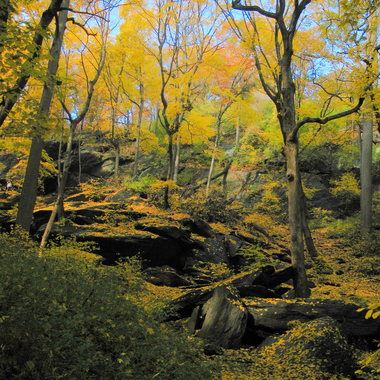
The boulder-strewn slope of the Inwood Hill forest. Photo: Steve Guttman/CC BY-NC-ND 2.0
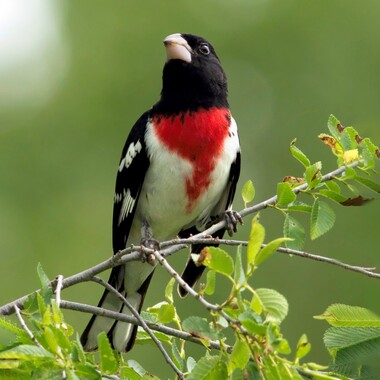
Rose-breasted Grosbeaks pass through Inwood Hill Park during migration, and may occionally stay to breed. Photo: Kelly Colgan Azar/CC BY-ND 2.0
Inwood Hill Park comprises a surprising mixture of natural habitats perched on the northernmost tip of Manhattan. The central portion of the park rises steeply into the rocky ridge of Inwood Hill, approximately 230 feet above sea level. The western edge of the park is the Hudson River shore, offering magnificent views of the New Jersey Palisades. Much of the park’s 196 acres are lush woodlands, which include a magnificent understory of Witch-Hazel, Northern Spicebush, and dogwoods.
The canopy is Red Oak and Tulip Poplar. Some of the tallest trees in Manhattan are found in the Clove, a small, forested valley that extends along the eastern base of the ridge. At the northeast corner of Inwood Hill Park, where it meets Spuyten Duyvil Creek, two small bays include a restored remnant of the saltmarsh ecosystem that once surrounded Manhattan Island.
A total of 239 bird species have been spotted in Inwood Hill Park, according to eBird records. Rarities over the years have included both Barnacle and Cackling Geese, Black-legged Kittiwake, Red Phalarope, Northern Goshawk, Bicknell’s Thrush, and Northern Wheatear. In recent years, Hairy Woodpecker, Black-capped Chickadee, Wood Thrush, and Rose-breasted Grosbeak have nested in the wooded uplands.
A total of 239 bird species have been spotted in Inwood Hill Park, according to eBird records. Rarities over the years have included both Barnacle and Cackling Geese, Black-legged Kittiwake, Red Phalarope, Northern Goshawk, Bicknell’s Thrush, and Northern Wheatear. In recent years, Hairy Woodpecker, Black-capped Chickadee, Wood Thrush, and Rose-breasted Grosbeak have nested in the wooded uplands.
Note: Although the Inwood Hill Park path system is not extensive, it is easy to get confused. The park now has marked trails (see an online map and downloadable PDF here), which are very helpful to those who are not familiar with its trails. Trail maps are posted throughout the park, and the trails themselves are blazed. For the sake of orientation, while you are on the ridge, remember that the Hudson River is always to the west.
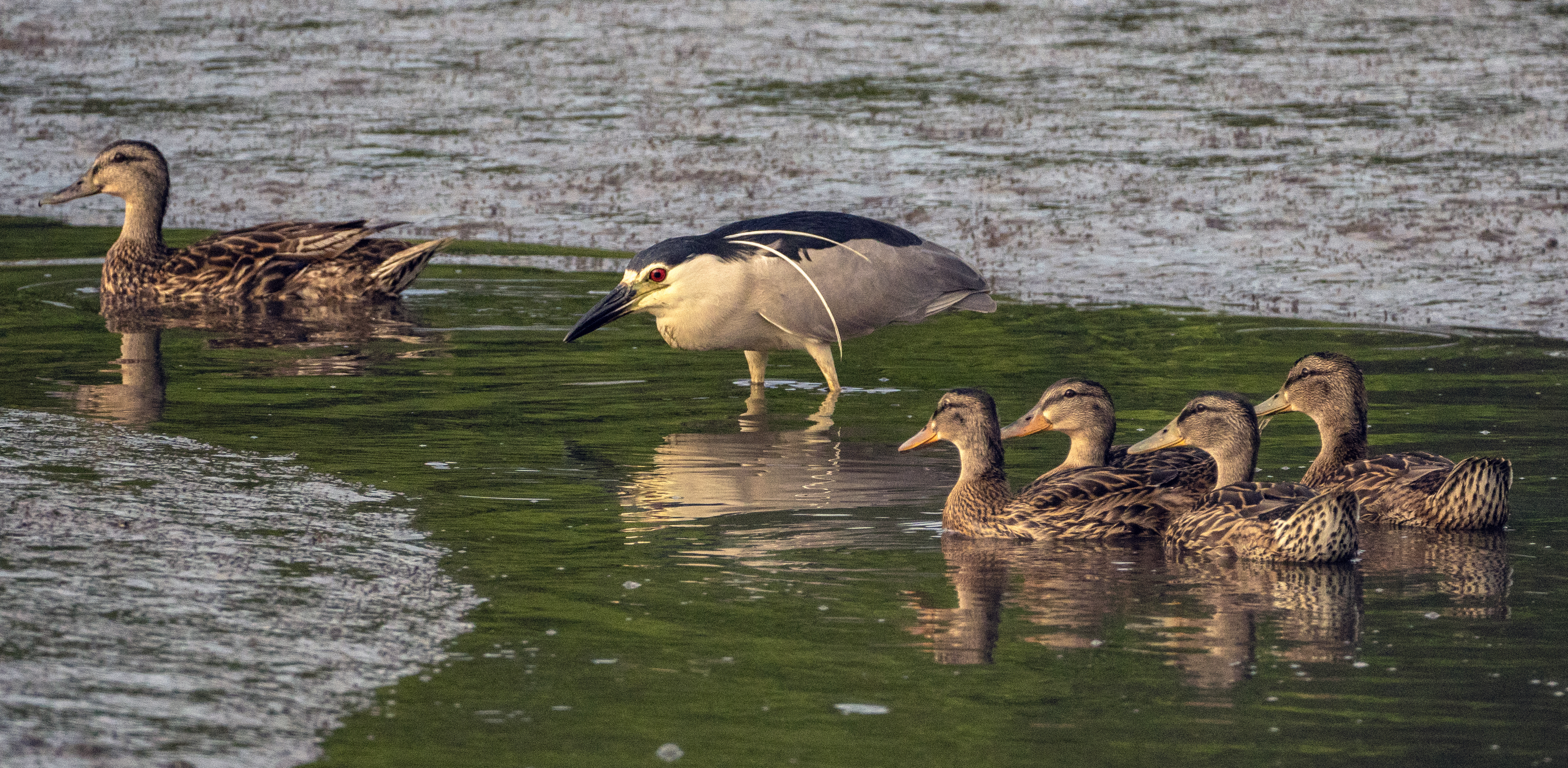
A Black-crowned Night-Heron feeds searches for prey among a family of Mallards in Inwood Hill Park. Photo: Steve Guttman/CC BY-NC-ND 2.0
Muscota Marsh
You can start your birdwalk at Inwood Hill Park by entering at 218th Street and Indian Road. This lower area of the park borders Spuyten Duyvil Creek, the entrance to the Harlem River. Two shallow bays here include mudflats and Muscota Marsh, a small salt marsh restored from an old boat storage yard and opened to the public by NYC Parks and Columbia University in 2014. (The Columbia University Tennis Center is next door, along with a small dock used by the nonprofit Harlem River Community Rowing.) A boardwalk and gravel pathway allow access to the waterfront, and paths provide access to a peninsula separating the two bays.
During migration, check along the bays and shoreline, particularly the mudflats at low tide, for shorebirds (particularly Solitary, Spotted, and Least Sandpipers) and gulls. In spring and early summer, Belted Kingfisher and Northern Rough-winged Swallow are regular visitors. Red-winged Blackbirds and Song Sparrows have nested in the salt marsh reeds.
In the summer, Great Egret often come to forage on the mudflats, and, from time to time, Black-crowned Night-Heron roost in the trees along Baker Bay, the smaller bay. Warbling Vireo and Baltimore and Orchard Orioles regularly nest in trees lining the fields between the water and woodlands, and can be heard singing through the summer. Keep a look out for Red-tailed Hawks, which often nest at the edge of the woods here.
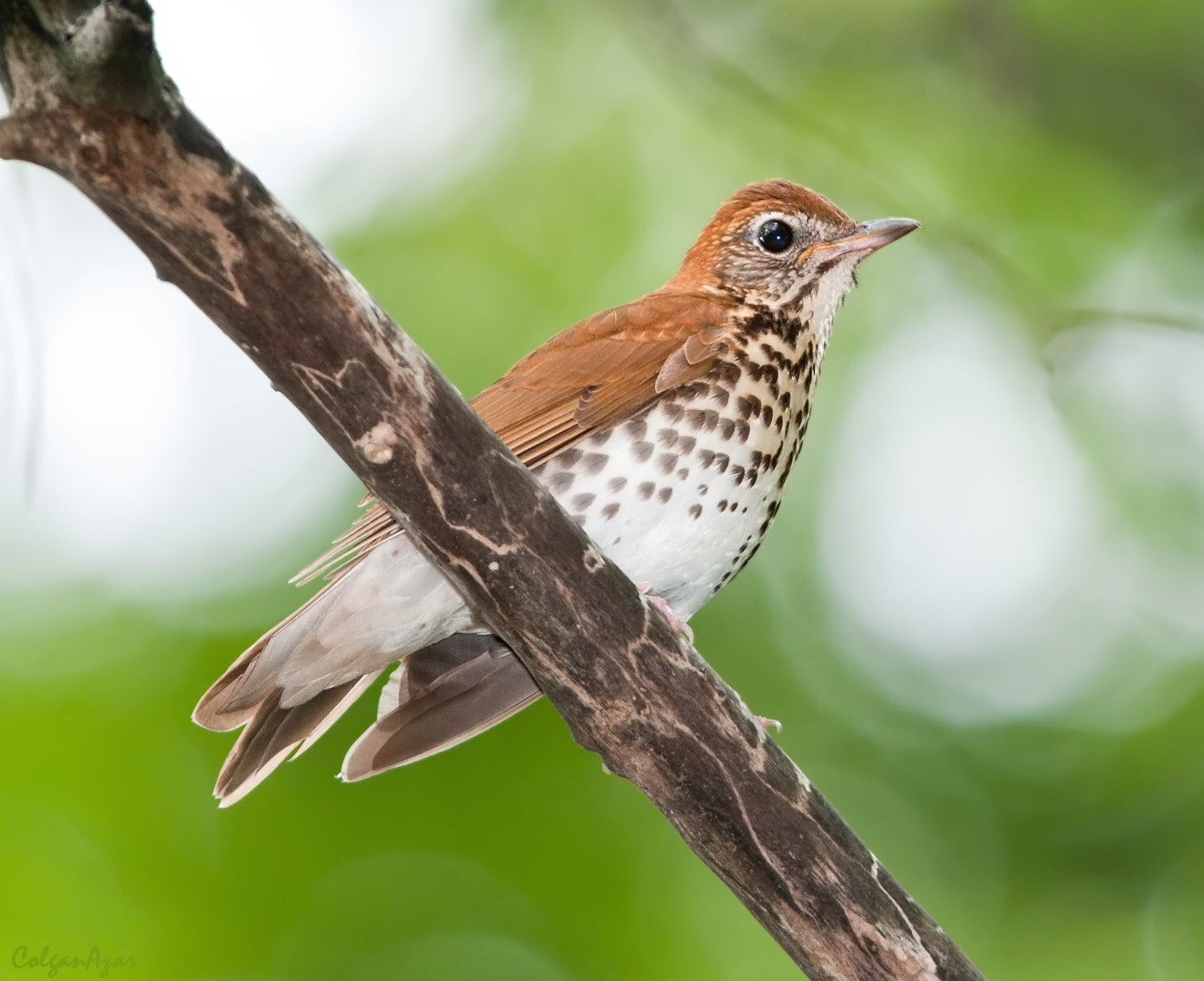
Wood Thrushes (here a juvenile bird) often nest in Inwood Hill Park. Photo: Kelly Colgan Azar/CC BY-ND 2.0
Inwood Hill: Clove and Ridge
To explore the woodlands of the ridge, follow the paved paths that go into the woods from the southwest corner of the soccer field. The northern path (on the right) winds its way around and onto the north side of the ridge (under the Henry Hudson Bridge, take the switchback upward). The southern route (on the left) goes into the Clove before climbing the ridge. Either way offers good opportunities for flycatchers and songbird migrants, spring and fall.
During nesting season, look and listen for forest species such as Hairy Woodpecker, Eastern Wood-Pewee, Red-eyed Vireo, and Wood Thrush; Rose-breasted Grosbeak has also been recently found breeding here. These forests also host many native wildflowers not found in the more heavily used City parks, including Dutchman’s Breeches, Purple Trillium, Mayapple, and Jack-in-the-Pulpit.
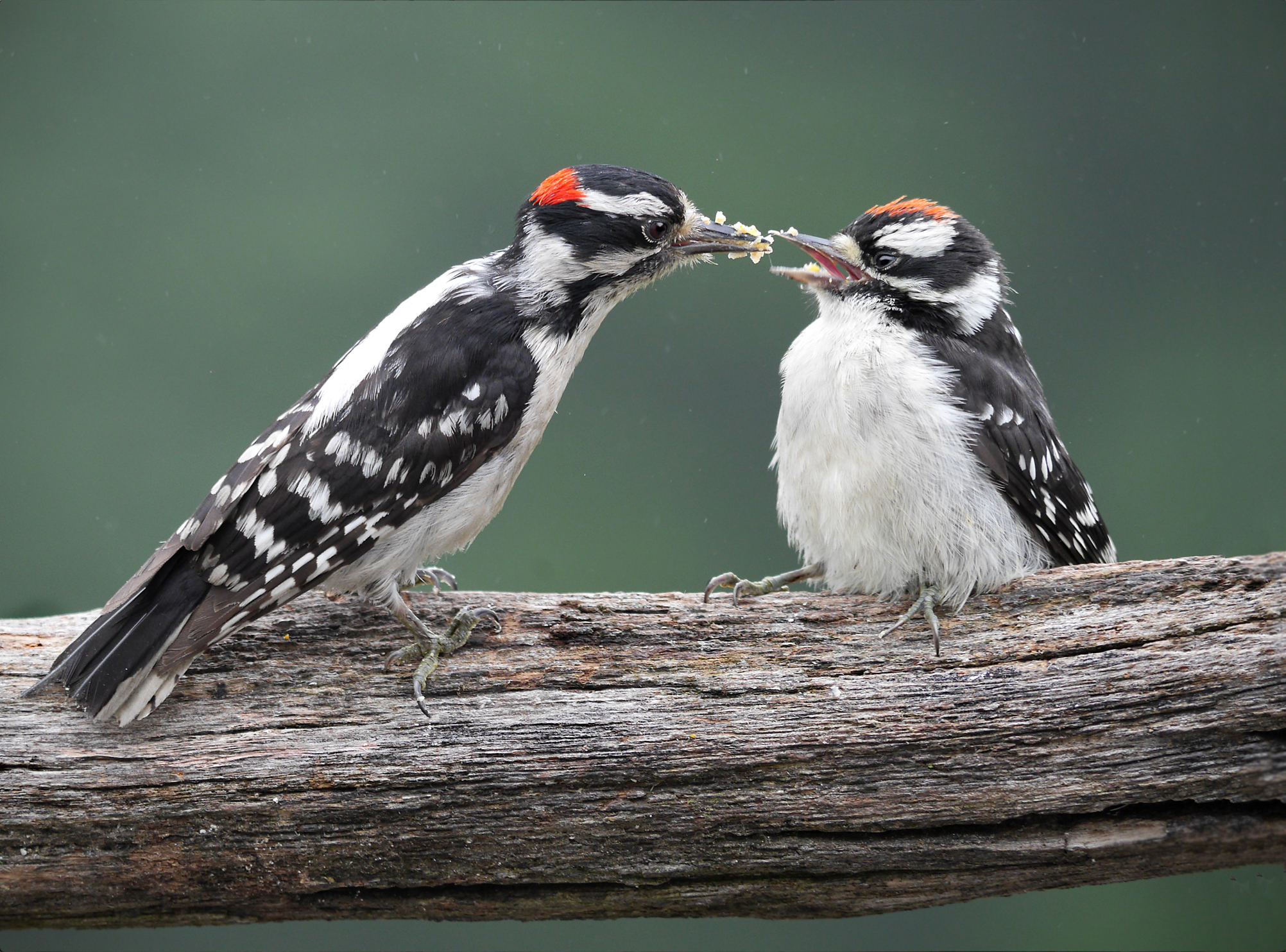 "}" data-trix-content-type="undefined" class="attachment attachment--content">
"}" data-trix-content-type="undefined" class="attachment attachment--content">At the top of the Clove path there is an intersection; bear hard right on a paved path that goes northward along the east side of the ridge, listening for Indigo Bunting, which have nested on the west side of this path. Eastern Screech-Owl may also be found and have nested here in the past.
Approximately 400 yards after the intersection, a side road comes in on the left (west). Stay on the main road, beyond the point where the side road splits off, to a junction with a small side trail leading to a lookout over a stone wall. Here you are level with the tops of tall trees growing in the valley, a good vantage to view treetop warblers, particularly in the morning when the east side of the ridge catches the sun. These tiny wonders actively forage for insects in the treetops and rapidly dart from tree to tree looking for places to rest and feed.
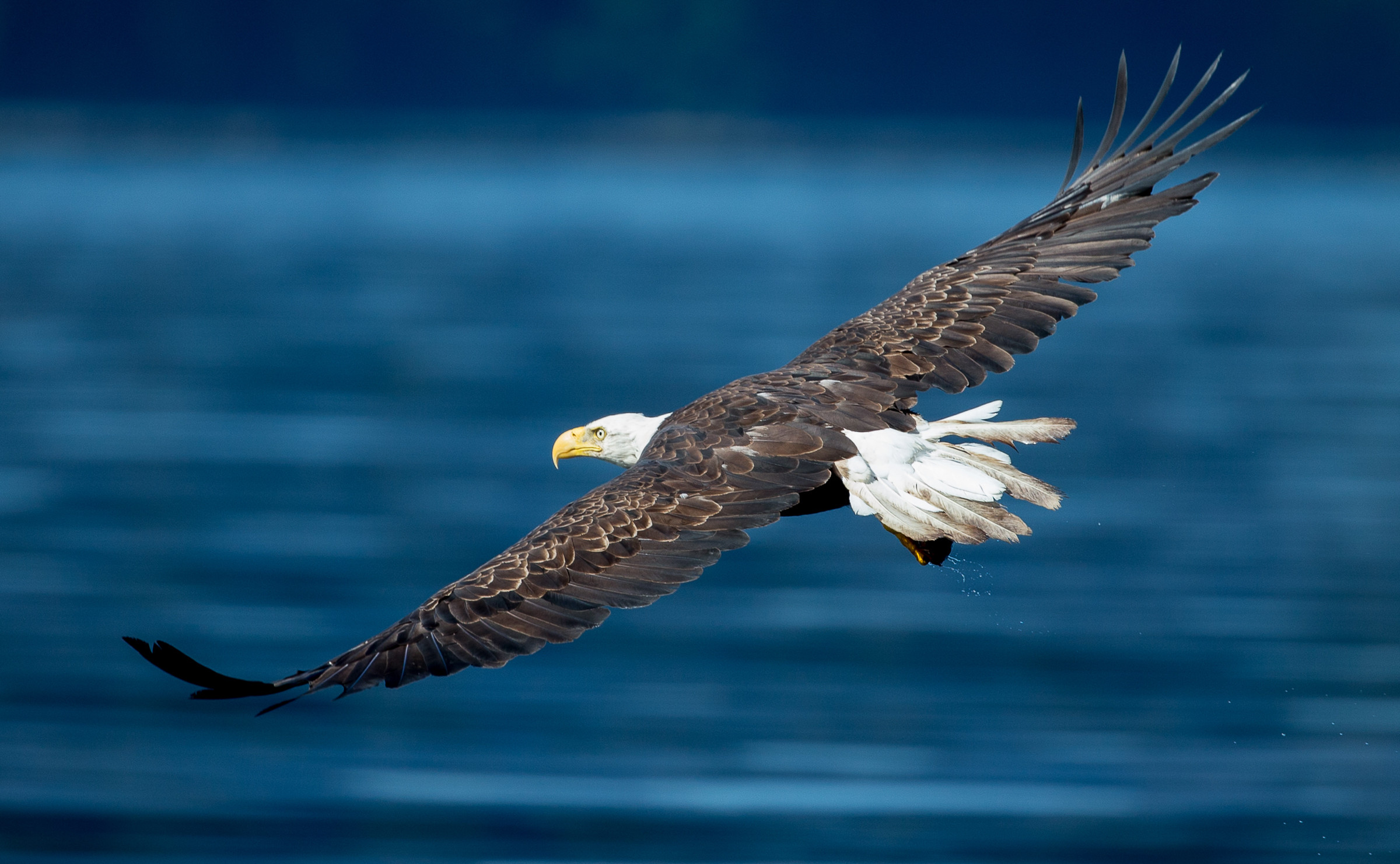 "}" data-trix-content-type="undefined" class="attachment attachment--content">
"}" data-trix-content-type="undefined" class="attachment attachment--content">Back on the main path going south (retracing your steps) take the road to the west that leads to an area of small trees and secondary growth, known as the Overlook Meadow. The west side of this area offers a view—not to be missed—of the Hudson River and across to the Palisades. In the fall you can watch hawks and waterfowl migrating south along the river. As you gaze across the river to the Palisades, Turkey Vulture or Bald Eagle may be seen soaring in the updrafts.
After exploring the ridge, you can return the way you came or take the north path, which goes past the Henry Hudson Bridge toll booths before swinging under the bridge and switching back down to the east side of the ridge. The north path leads to the soccer field near Muscota Marsh, where you started.
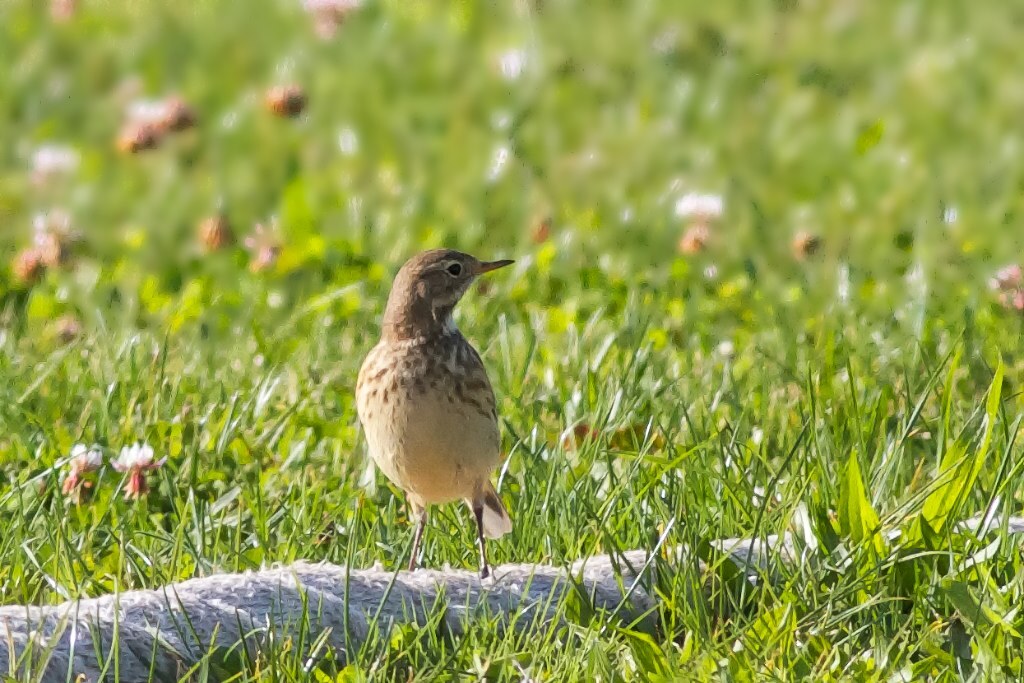
Check the Dyckman ball fields for migrant grassland birds like the American Pipit. Photo: Richard Fried
Dyckman Fields and Pier
When you are under the bridge, you may choose to take a path that leads westward to the Hudson River and the ball (“Dyckman”) fields. This path crosses the Amtrak railroad tracks via an overpass. (For a more direct route to this portion of the river’s edge, start at Dyckman Street, at the southern end of the park, and walk westward.) Check these fields during migration for unusual grassland such as American Pipit and Bobolink, as well as unusual sparrows.
From the pier where Dyckman Street meets the river, savor the view across the Hudson and watch for migrating waterbirds and raptors. Bring a scope and perhaps a chair and search the river for ducks. Bald Eagles have become an increasingly common sighting here in winter. (The Dyckman Marina is actually part of adjacent Fort Washington Park, which creates a contiguous green space southward along the Hudson.)
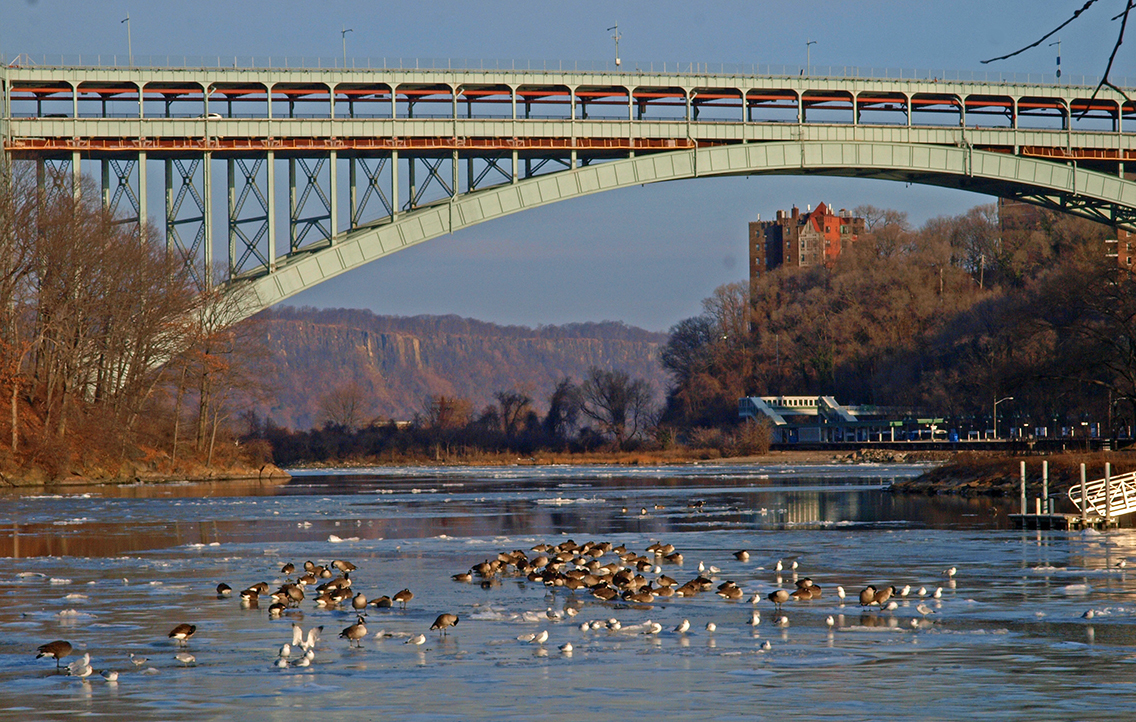
Canada Geese and Ring-billed Gulls gather on the ice at Inwood Hill Park. Photo: Steve Guttman/CC BY-NC-ND 2.0
Geology and History
Inwood Hill Park has a number of very interesting geological and historical features. Inwood Hill’s stony promontories contain all three types of New York City bedrock--gneiss, marble, and schist. A large outcropping of marble is visible on the northeast side of the intersection of Seaman Avenue and Isham Street (as well as in neighboring Isham Park). Glacial potholes are exposed on the west side of the rock wall near the upper end of the Clove path.
Inwood was the site of a Native American village (Shorakapok). In the 1890s, Native American artifacts were unearthed from caves in the ridge on the west side of the Clove. Some caves, actually rock overhangs, are still visible. Each June, an annual event takes place in the park in partnership with NYC Parks and others: Drums Along the Hudson®: A Native American and Multicultural Celebration.
During the Revolutionary War, the north end of the ridge (then called Cock Hill) was the site of an earthen fort and the surrounding areas the site of a Hessian encampment. Dyckman Farmhouse Museum, a colonial era farmhouse at Broadway and 204th Street (2 blocks from the park) houses artifacts from the period.
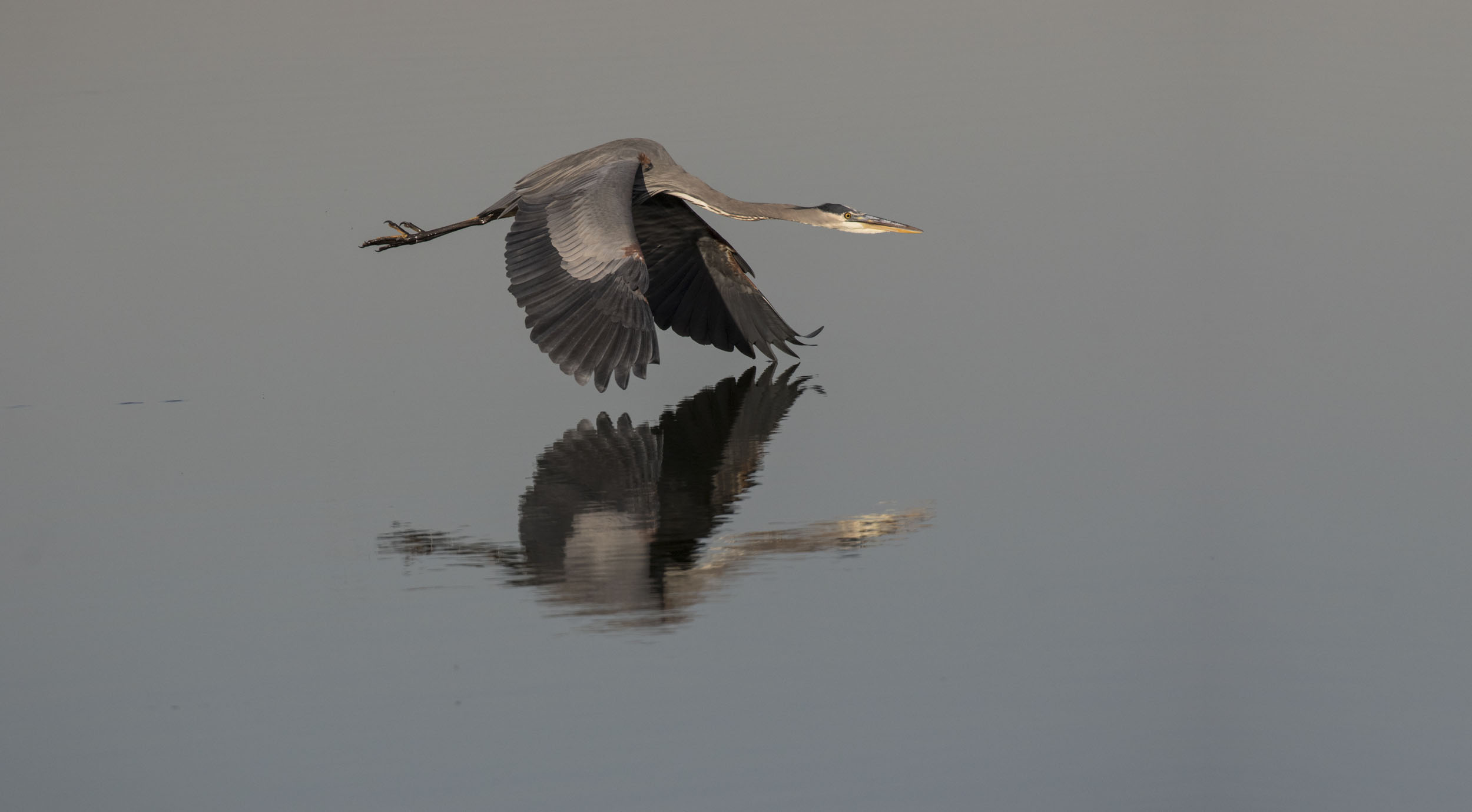 "}" data-trix-content-type="undefined" class="attachment attachment--content">
"}" data-trix-content-type="undefined" class="attachment attachment--content">When to Go
See "Birding Highlights by the Season" above; the eBird links below also may be helpful. To learn about bird migration times and get other timing tips, see the When to Bird in NYC guide on our Birding 101 page.
For park operating hours, see the “Directions and Visiting Info” section, below.
Special Birding Notes
If you are looking for waterbirds and shorebirds at Muscota Marsh and mudflats, it is generally best to go at low tide at any time of year. View tide information. (Under "North Side of Long Island Sound," click on "City Island," and then choose the month and day you are birding.)
eBird
View eBird hotspot records for Inwood Hill Park to explore recent bird sightings, species bar charts, a map of other nearby hotspots, and more.
Personal Safety
While the ball fields and playgrounds of Inwood Hill Park are quite busy with people, the wooded birding areas can be quite remote and are often a bit desolate, with the exception of a few joggers and dog walkers. We recommend that birders go out in groups of two or more.
At the Overlook Meadow on the top of the ridge, a hole in the fence (partially blocked by a boulder) leads to an open rock ledge. The ledge slopes down to a dangerous drop-off to the parkway below; do not go beyond the fence.
The park’s paths and stairways are steep and not very well maintained. In the winter they can be slippery. In spring, summer and fall, beware of poison ivy along the path edges.
Guided Bird Walks
Visit our Local Trips page for information on upcoming walks led by NYC Audubon.
Directions and Visiting Info
View an online interactive trail map of Inwood Hill Park, along with a downloadable PDF.
View a Google map to Muscota Marsh, at the 218th Street and Indian Road entrance noted in the text above.
Visit the NYC Parks page for Inwood Hill Park for operating hours, directions, and additional background information.
Acknowledgments
Thanks to those who provided local birding expertise for this page: Annie Barry (2020); Joseph DiCostanzo (2012, 2001); Adele Gotlib and George Karsch (2001).
